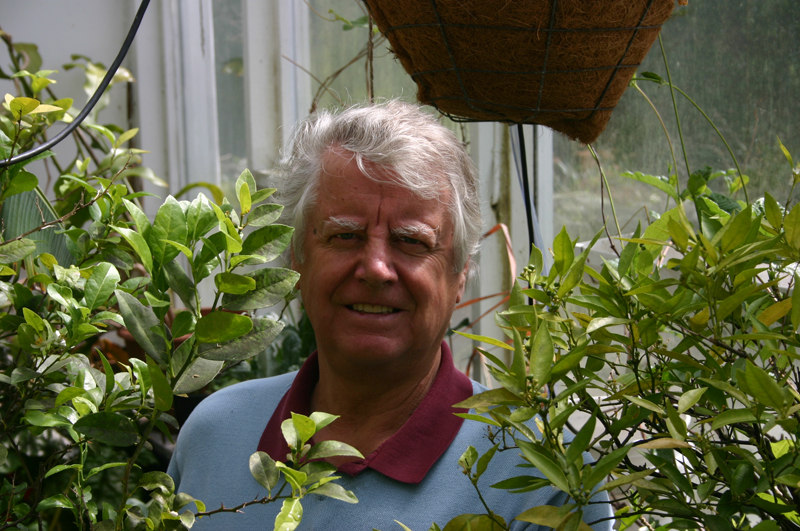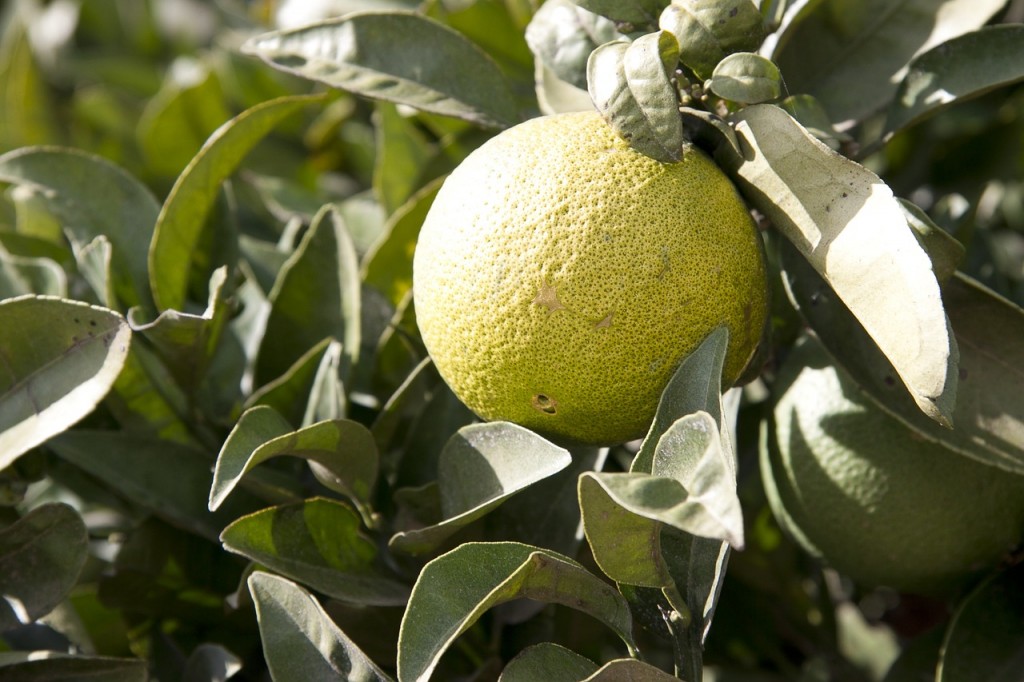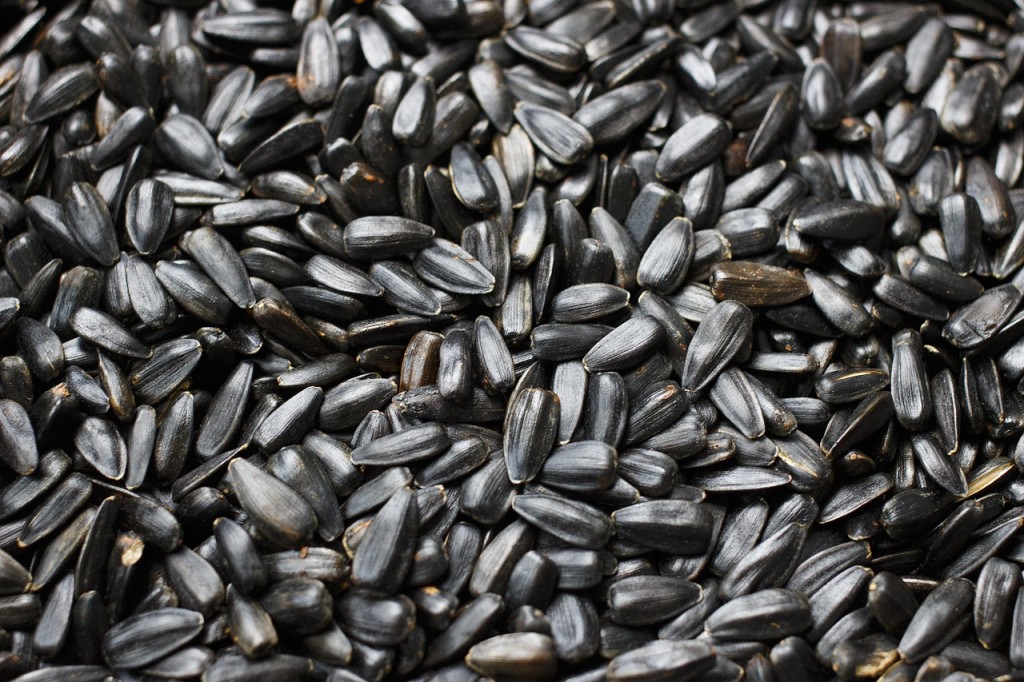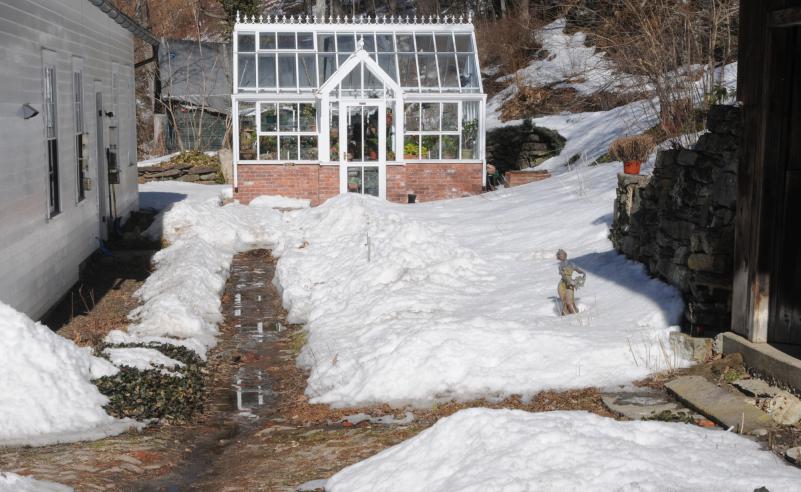
Snow crunches under foot, and a white quilt covers the landscape, reflecting and refracting bright sunlight across the wintery scene.
Animal tracks show that squirrels, rabbits, and deer are still foraging, but miraculously your plants are alive and safe from them.
This is because your entire garden is concentrated inside a 220 Square foot Hartley Lodge greenhouse.
The temperature inside is 70 degrees, providing a haven of warmth in an otherwise frigid world.
You dig snow away from the door and quickly step inside, greeted by surroundings that delight the senses.
Pink, trumpet-shaped mandevilla flowers hang from the ceiling and below them paperwhite narcissus plants are in profuse bloom, filling the warm, moist air with their pungent fragrance.
The lemon tree is finally in flower, adding another intoxicating scent.

But you are not here just to sit and smell the flowers.
You are here to begin a new year, a new season for growing your favorite plants.
Even in the middle of winter there are many things for a gardener to do. If you haven’t done so already, you may want to check your potted plants making sure they aren’t root-bound. If any are, they should be repotted – readying them for spring.
Under the bench, you may have stored your dahlia tubers.
Check them carefully for rot and gently separate off the fattest tubers to start early.
Dahlias are heavy feeders, so you will need a mixture of compost, sand, and potting soil in equal proportions to get a well-drained, nutrient-rich growing medium for them.
Put each tuber into a separate 6″ to 8″ pot, and in about 4 to 6 weeks new sprouts will show, setting you on your way to having more of your favorite flowers in bloom early and throughout the summer.
Under the brilliant winter sun you can open seed packets and start flowers and vegetables.

I start perennial flowers in early winter to make them think they have gone through an entire cold season and therefore set flowers in the spring.
In the middle of winter, I start new artichokes under fluorescent lights. Ten to twelve weeks prior to the last frost I start leeks, onions, brussel sprouts, sweet potatoes, and any other plants that need a long growing season.
I aim to have individually potted leeks and onions the size of a thin pencil when planting-out time arrives. My trays of seeds are misted and covered with kitchen plastic wrap until germination.
Then the plastic wrap is removed and the plants sprayed daily until they have their first true leaves and are transplanted.
All the new seedlings and any propagated plants are set on the heat mat and under lights to give them a little extra boost in getting started.
My greenhouse makes all this possible despite winter’s chill outside.

One of the things I enjoy most about the winter greenhouse is being able to look at it from outside on a winter evening and see the interior lights creating longer days to encourage newly planted seedlings.
Sometimes it is nice to go out there of an evening and just sit to enjoy the smells, the warmth and the lights transforming small seedlings into robust plants.
When the lights click off, you can peer through the glass at the new moon or starlit sky and imagine that in some far off world, perhaps, an alien is sitting in his greenhouse looking at a star called earth and wondering if anybody is enjoying their plants.










